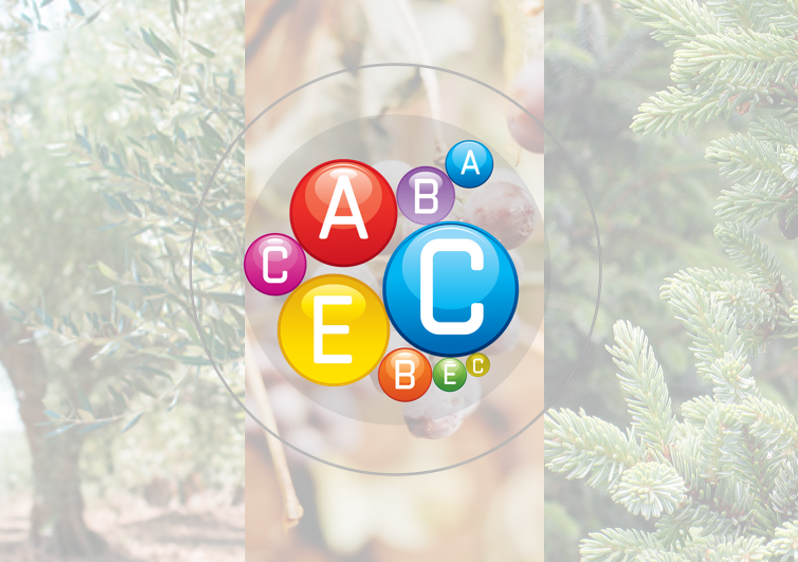Metabolic potentiation of Vitamin E

Vitamin E is a group of fat-soluble compounds with antioxidant properties that protect cell membranes and tissues from oxidative damage induced by free radicals.
Alpha-tocopherol is the most metabolically active form of vitamin E protecting the body from free radicals that escape the body’s cascade of antioxidant enzymes mainly represented by enzymes such as Superoxide Dismutase and Glutathione Peroxidase.
Although ascorbic acid or vitamin C is not part of the body’s antioxidant cascade, it is an essential cofactor in many enzymatic reactions, increasing the antioxidant activity of vitamin E.
One of the reasons for this relationship may be that both molecules have positive effects on the immune system by enhancing the activity of the adaptive immune system and modulating the ROS production of the innate immune system and thus lowering the pressure on the endogenous antioxidant system.
In addition to vitamin C there are several mechanisms that enhance the availability and activity of vitamin E, such as Selenium, an essential mineral for Glutathione Peroxidase, which is probably the most important antioxidant enzyme of the endogenous antioxidant cascade, and which also directly protects lipids from rancidity and helps to regenerate oxidized vitamin E.
Other examples of metabolic potentiation of vitamin E are offered by some phytogenic molecules such as Hydroxytyrosol obtained from olive tree extracts or Proanthocyanidins obtained from grape extrac or pine bark.
At NBG we have created the NBG VitaHealth range, a revolutionary concept in the world of vitamin premixes that works with the following concepts:
– Vitamins in their most active and stable form.
– Phytogenic potentiation of the effects of vitamins.
– Specially designed packaging to protect the precious active ingredients.
And all with an optimal cost/quality ratio to make classic vitamin premixes seem a thing of the past. For more information, please contact us:
Finally, we attach an interesting article on the relationship between Vitamin E, Vitamin C and Selenium.
Enjoy the article.


